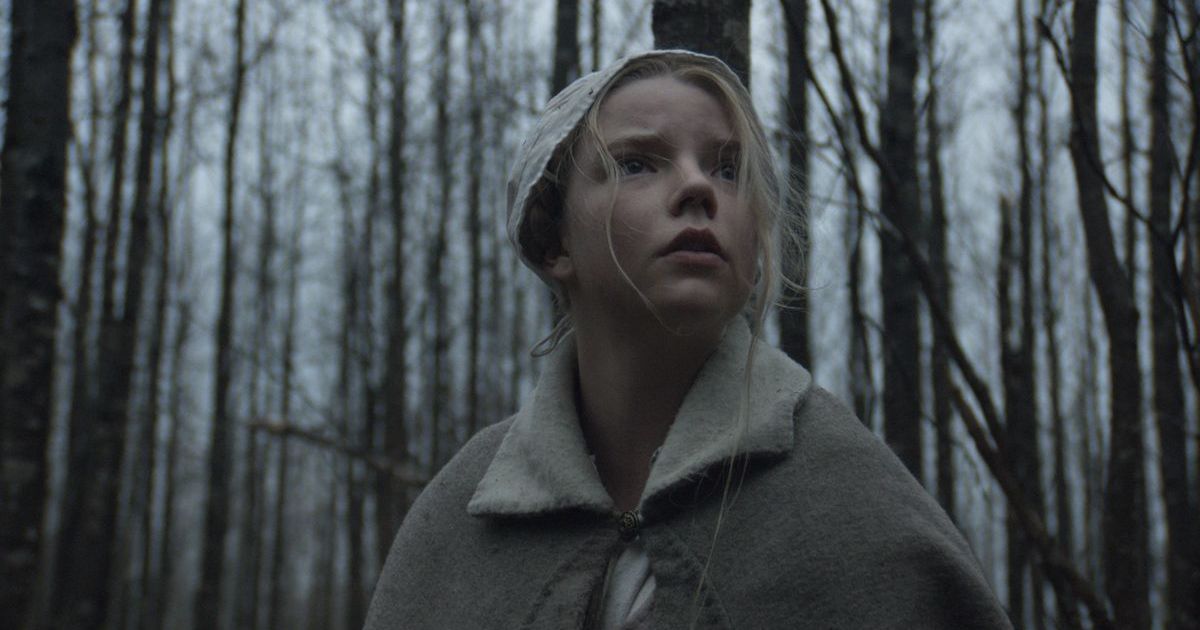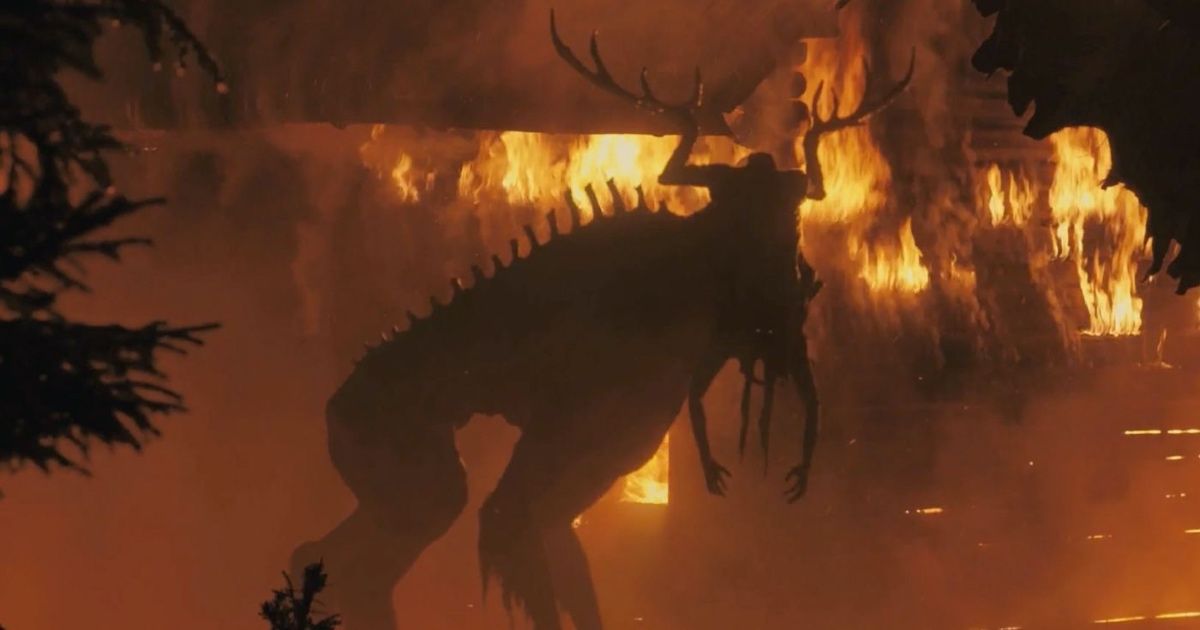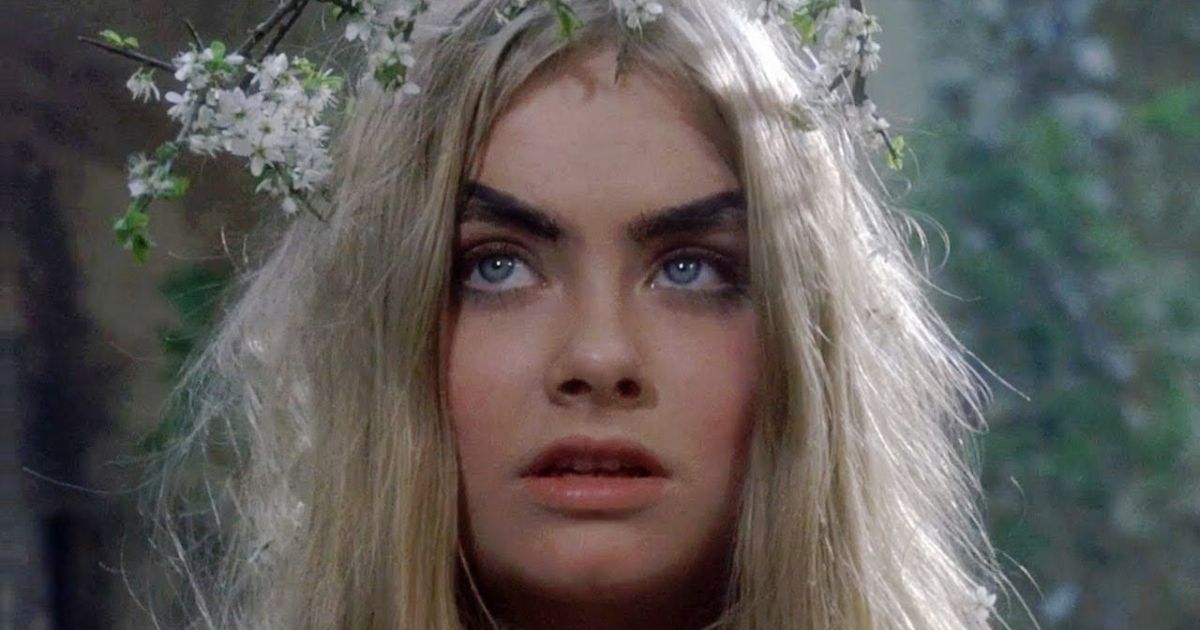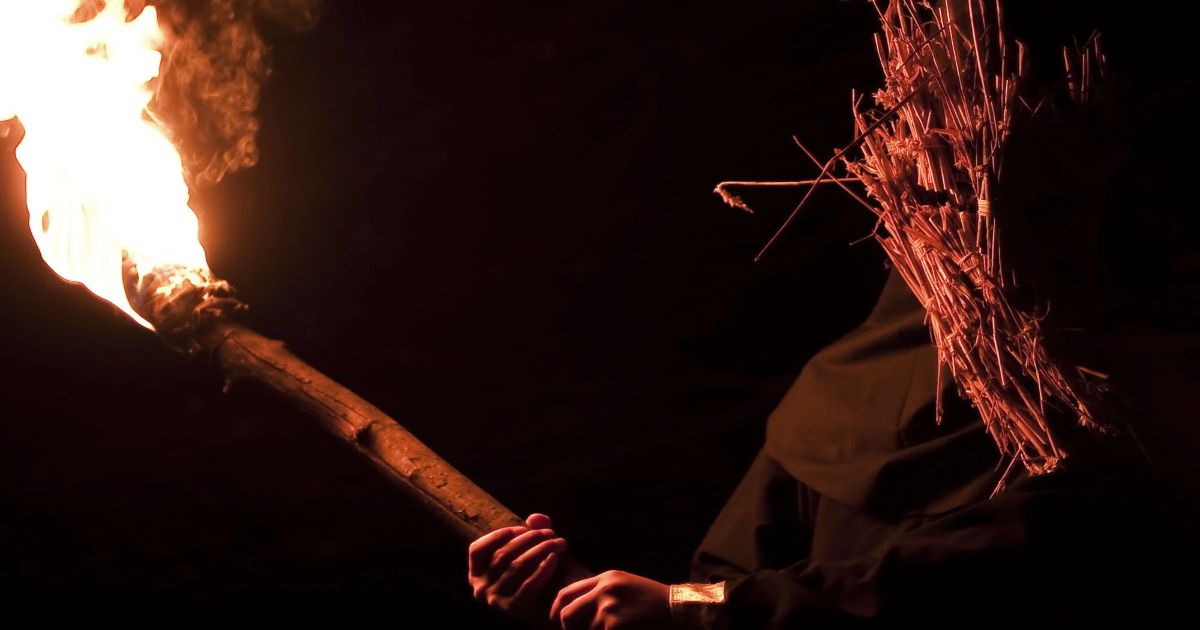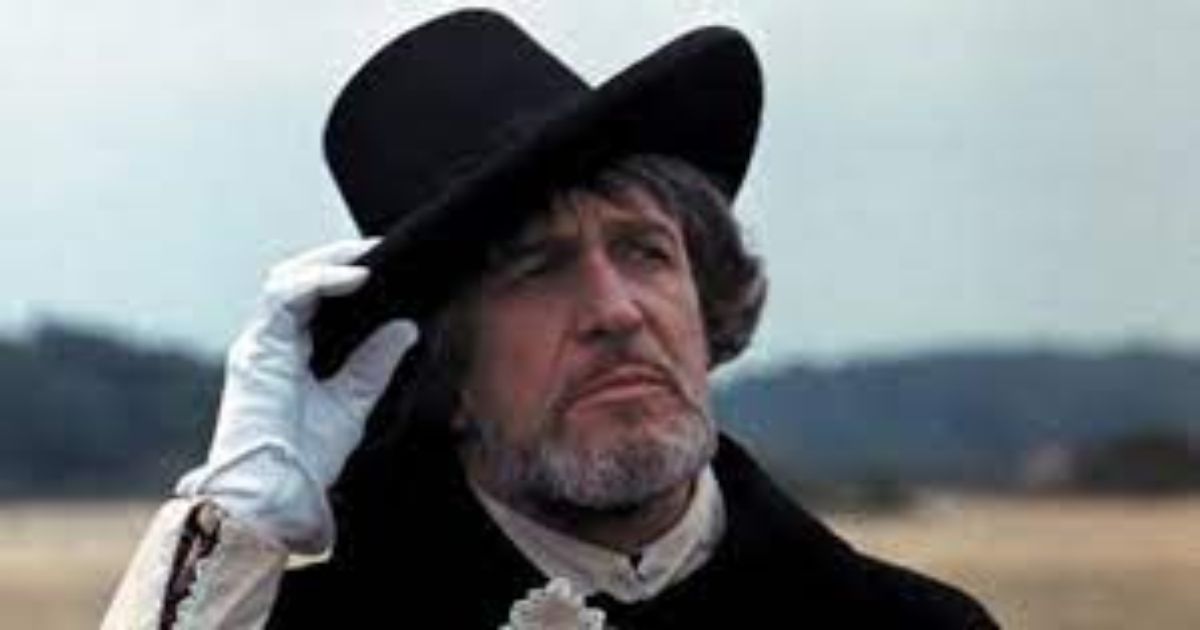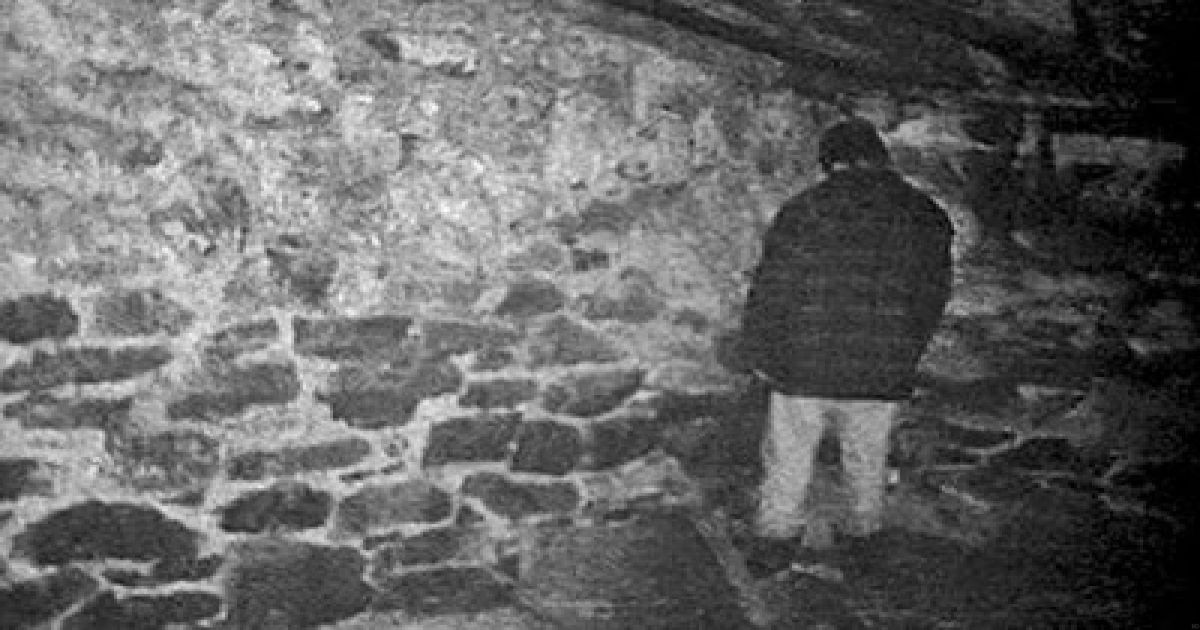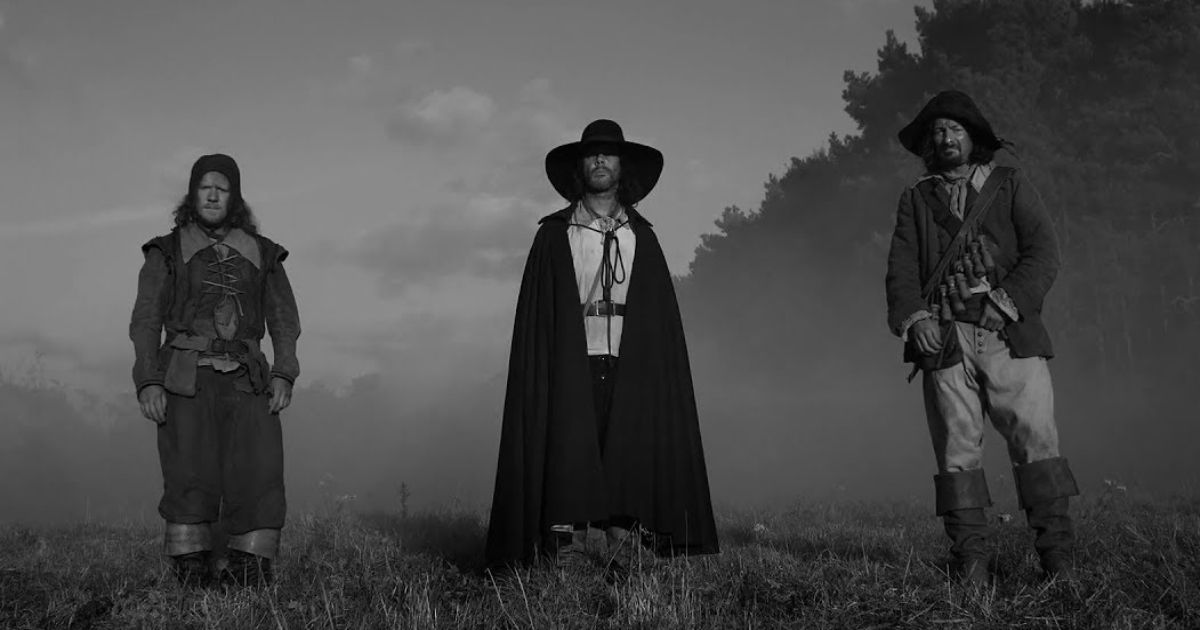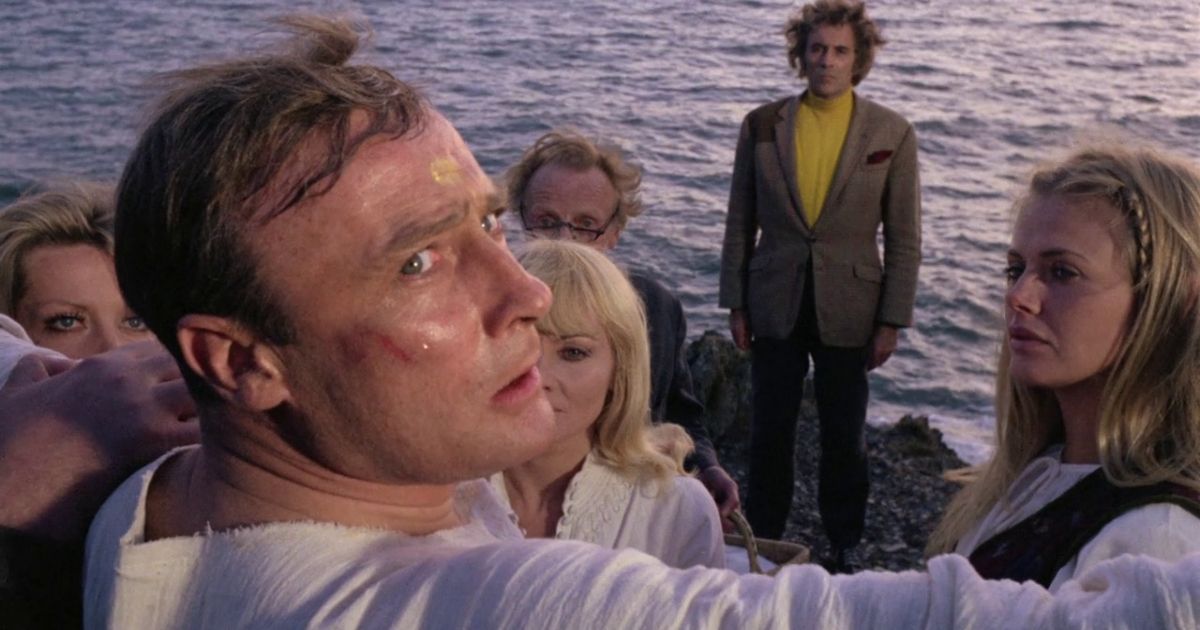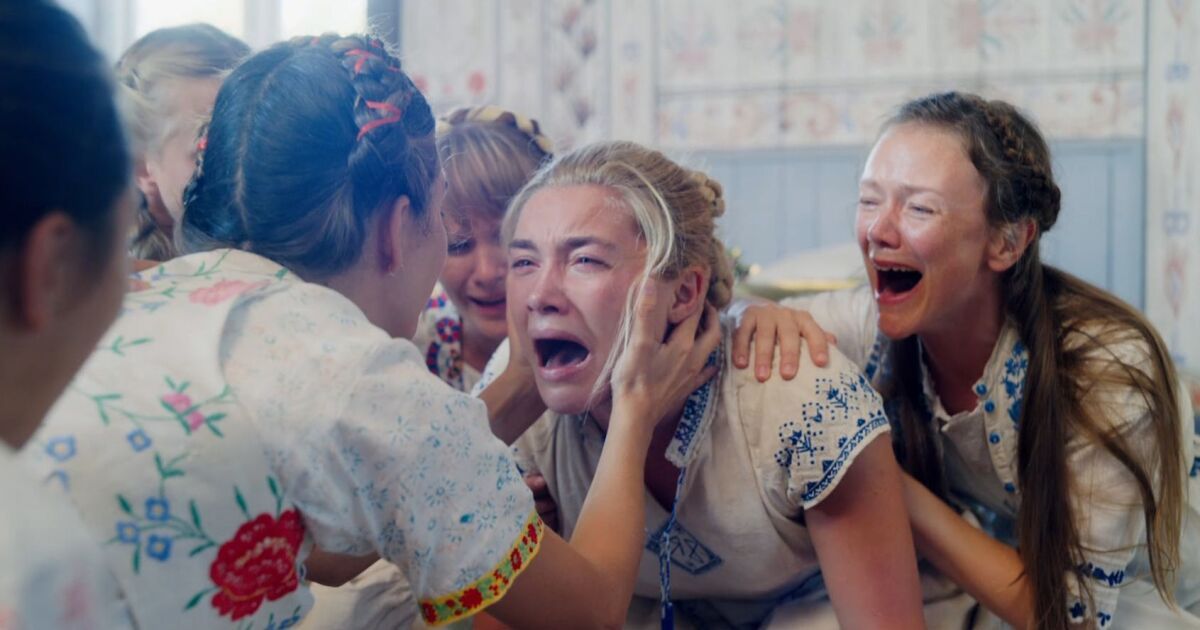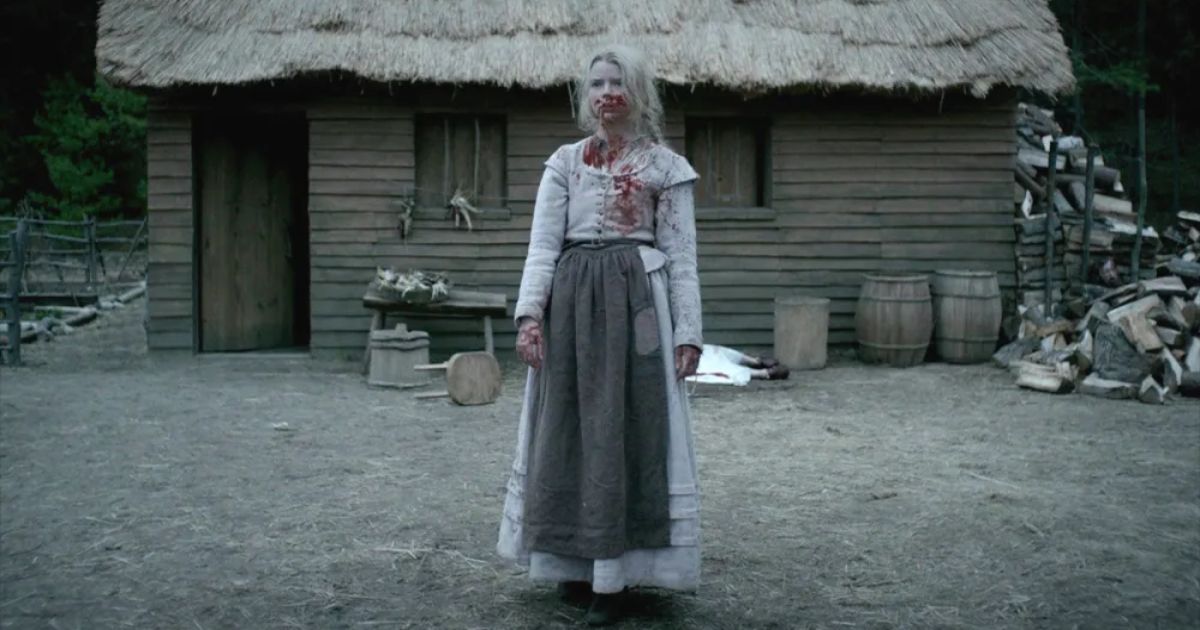Folk horror is a fairly niche genre that can be difficult to define. It tends to involve things like cults, witches, demonic sacrifices, and the countryside - especially the British countryside, with its folklore and superstitions. As writer Andrew Michael Hurley put it in an article by The Guardian, the motifs in folk horror "remain a significant part of the totality of rural Britain, which is haunted by its past – perhaps even cursed because we’ve buried our unpalatable actions so deeply. Part of folk horror’s role is to unearth forgotten barbarities and injustices and make us look at ourselves afresh."
But, what folk horror seems to point towards more than anything is a sense of the collective vs. the individual. The genre seems to point to an underlying insecurity in the tension between a sense of belonging, and being an outsider. In all of these movies listed here, the protagonist is an outsider at conflict with a world they enter or find themselves a part of. The source of the horror is the "folk", that is, the people, and not necessarily, or at least primarily, any monster or supernatural force.
There has been a modern resurgence in folk horror, with movies such as Midsommar and The Witch receiving resounding praise. Something in the style and genre appeals to our modern psychological state, and this revisiting of this type of movie will surely continue.
So what are the best folk horror movies, both old and new?
9 The Ritual (2017)
The Ritual is a British film about four friends who set out on a hike in Sweden in honor of their friend, who was murdered. They take a shortcut through an ominous forest and find shelter during a storm at an abandoned house in the woods (never a good thing), and realize they are surrounded by etched runes and a strange, disturbing effigy. They desperately run and fight for their lives as they try to escape being ensnared in a morbid ritual.
Based on a novel of the same name by Adam Nevill, the movie is David Bruckner's first solo directorial debut, and it is promising for his entrance into the horror genre. It received mostly positive reviews, and though the storyline is a bit predictable until its end, it is well executed and distinctly evocative of the folk horror genre.
8 The Blood on Satan's Claw (1971)
Perhaps the best of the 1970s British folk horror movies, The Blood on Satan's Claw is an unsettling exploration of the most essential aspects of folk horror that seem to unnerve viewers so much. The movie is set in the 1700s and starts with a strange series of small oddities - a landowner finds a malformed skull; a bride goes insane, and the groom sees her hand become a horrid claw, and it only gets worse from there, culminating in a truly horrific ending. Director Peter Haggard wanted to evoke a sense in the movie that would come to define the genre itself, saying:
"The nooks and crannys of woodland, the edges of fields, the plowing, the labor, the sense of the soil, was something that I tried to bring into the picture. It was important for... the film to have the camera often very low, so we dug an awful lot of holes to put the camera in, just to give you the feeling that we were somehow in the earth, and what it was might come out of the earth."
The nightmarish sense of something coming out of the soil itself to terrify us is well translated in the movie, and it remains a classic example of folk horror to this day.
7 Kill List (2011)
Kill List is about a hit man who is given the job of three murders for a large amount of money. The movie gets more disturbing with each progressive assassination, as it winds itself further through a nightmarish scenario until it reaches its absolutely horrific conclusion.
It might seem at first like Kill List; it isn't quite what we think of with folk horror. The settings are modern until the end, for instance. But there is still a sense of the collective vs. the individual represented in the dialogue, and of the tension between modern society and an ancient, terrible ritual. In a way, the movie even feels like a spiritual successor to the classic folk horror movie, The Wicker Man, with Wheatley himself saying of the comparison, "Obviously there's elements of Wicker Man in Kill List, but I think the main thing that we took from that film was this idea of being in a trap." And a trap it is - watch this one only if you're very brave.
6 Witchfinder General (1968)
Perhaps the first movie in what we might consider the folk horror genre, Witchfinder General is a classic movie starring the legendary Vincent Price as Matthew Hopkins, the titular "witchfinder". Set in the mid 1600s during the English Civil War, Hopkins is a despicable antagonist who fakes his ability to find and kill witches, taking advantage of the chaos of the setting as he gets rich accusing women of being witches and cleansing villages of them. He eventually goes too far, and a revenge plot against him begins.
This movie explores the dark side of British history, and its horror, which seems to still linger in the memory of the land. Price's performance is haunting, and the movie was even considered exceptionally depraved for its time, and some of the most brutal scenes were cut before its release would be allowed.
5 The Blair Witch Project (1999)
The Blair Witch Project is a classic low-budget example of a terrifying jaunt through the woods. When it was released in 1999, there was an interesting and successful campaign to make it seem as if the movie was a real documentary, which only added to its ability to scare audiences of the time. With a possible reboot in the works, the movie is still considered one of the scariest experiences to this day, particularly for its scary and abrupt ending.
4 A Field in England (2013)
By far the most experimental movie on this list, A Field in England, is hard to describe. Like Witchfinder General, it is set during the English Civil War, and follows a group of four men, led by an alchemist, on a strange search for buried treasure out in a field. They end up eating some psychedelic mushrooms, and the movie descends into a twisted, surreal experience that bends and warps in disjointed ways. As artistic as it is unsettling, the movie received positive reviews, with The Independent calling it "Apocalypse Now among the hedgerows," and Peter Bradshaw of The Guardian saying in his review that it was a film that is "exposed to the elements, shivering with fever and discomfort" and that Wheatley "cleverly alighted on the one period that suits his stripped-down visuals and subversive instincts perfectly."
The movie defies a clear explanation, and its surreal presentation lends itself well to both the horror genre and experimental film genre, making it one of Wheatley's best works so far in his career.
3 The Wicker Man (1973)
The Wicker Man is perhaps the best known of the '70s folk horror genre, in part because of the bizarre remake starring Nicolas Cage. The understated horror of the original is well done, and subtle until its frightening conclusion. Starring Edward Woodward as the intrepid police detective in search of a missing girl, and the master of horror Christopher Lee as the head of the cult, this movie is quiet, right up until it isn't. Like Wheatley mentioned with reference to Kill List, it is a trap that is only realized when it is far too late.
2 Midsommar (2019)
The hit movie Midsommar was explicitly stated as a contribution to the folk horror genre and an homage specifically to The Wicker Man by the director himself, Air Aster. The movie itself has, among other similarities to The Wicker Man, the method of presenting the truly horrific in broad, inescapable daylight. It may seem contradictory to the horror genre to not leave things to the shadows, but this movie excels at unsettling its audience with the relentless and overpowering light that shines all too vividly on the nightmare progression of events.
Midsommar was one of the biggest hits of 2019 and the second movie by Aster, coming off the heels of his wildly successful horror movie Hereditary, which has a touch of folk horror to its style as well. It stars Florence Pugh as Dani, a troubled woman going through her own personal trauma when she travels to Sweden to join a rural celebration of 24-hour sunlight, which occurs once every 90 years. Pugh's performance is powerful and haunting, and the end of the movie lingers in the mind.
1 The VVitch (2015)
The Witch, alternatively titled The VVitch with the subtitle A New-England Folktale, is the most impressive modern folk horror movie, and is even considered by Rotten Tomatoes as the best-reviewed horror film of 2016. Considering it was Robert Eggers' first directed movie, and was also written by him, it is even more impressive. Eggers would go on to up the ante even more, with his next movies, The Lighthouse and The Northman, being highly celebrated.
The VVitch stars Anya Taylor-Joy as Thomasin, the eldest daughter of an exiled family in New England. Set before the founding of the U.S. in the 1630s, the family struggles to survive on their own on a farm, until their infant child disappears while Thomasin is watching him. She is blamed for his disappearance and accused of witchcraft. As paranoia, tragedy, and an ominous atmosphere descend over the plot, the events slowly build towards a disturbing conclusion that takes place in the woods, and feels almost as real as it is haunting. Time Magazine lauded the movie, calling it a "triumph of tone." The Witch is quiet and well-executed, and is the best horror movie in the folk horror genre.

